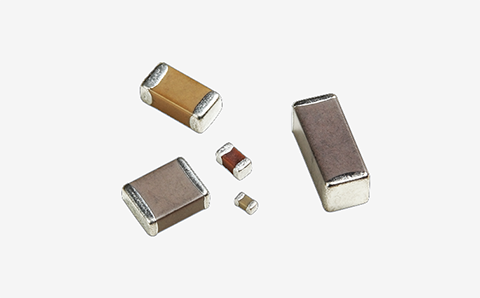Youchen Technology
Chip Capacitor/Electrolytic Capacitor/Ceramic Capacitor SupplierYouchen Technology
Chip Capacitor/Electrolytic Capacitor/Ceramic Capacitor Supplier
The main function of chip mounted capacitors is to eliminate the crosstalk of various high-frequency signals generated by the chip itself on other chips, so that each chip module can work normally without interference. In the high-frequency Electronic oscillation circuit, chip capacitors and crystal oscillators together form an oscillation circuit to provide the required clock frequency for various circuits.
SMD capacitor includes SMD Ceramic capacitor, SMD tantalum capacitor and SMD aluminum Electrolytic capacitor. The function of chip mounted capacitor on circuit board and the method to distinguish polarity The chip mounted Ceramic capacitor has very small non-polar capacity (PF level), which can withstand very high temperature and voltage, and is commonly used for high-frequency filtering. The Ceramic capacitor looks a bit like a chip resistor (so we sometimes call it "chip capacitor"), but there is no number on the chip capacitor that represents the capacity.

The characteristics of SMT tantalum capacitors are long service life, high temperature resistance, high accuracy, and excellent high-frequency filtering and wave modification performance. However, the capacity is small, the price is also more expensive than aluminum capacitors, and the voltage and current resistance are relatively weak. It is applied in small capacity low-frequency filtering circuits. The chip mounted aluminum Electrolytic capacitor has a larger capacity than the chip mounted tantalum capacitor, which is mostly found on the graphics card, with a capacity of 300 μ F~1500 μ Between F, it mainly satisfies the filtering and stabilizing effects of low frequency current.
Chip capacitorThe positive and negative poles of the Electrolytic capacitor are distinguished and the black block marked on the measured capacitance is the negative pole. There are two semicircles on the capacitor position on the PCB, and the colored semicircles correspond to the negative pin. It is also useful to use pin length to distinguish between positive and negative poles. The long pin is positive and the short pin is negative. When we don't know the positive and negative poles of a capacitor, we can use a multimeter to measure it.

